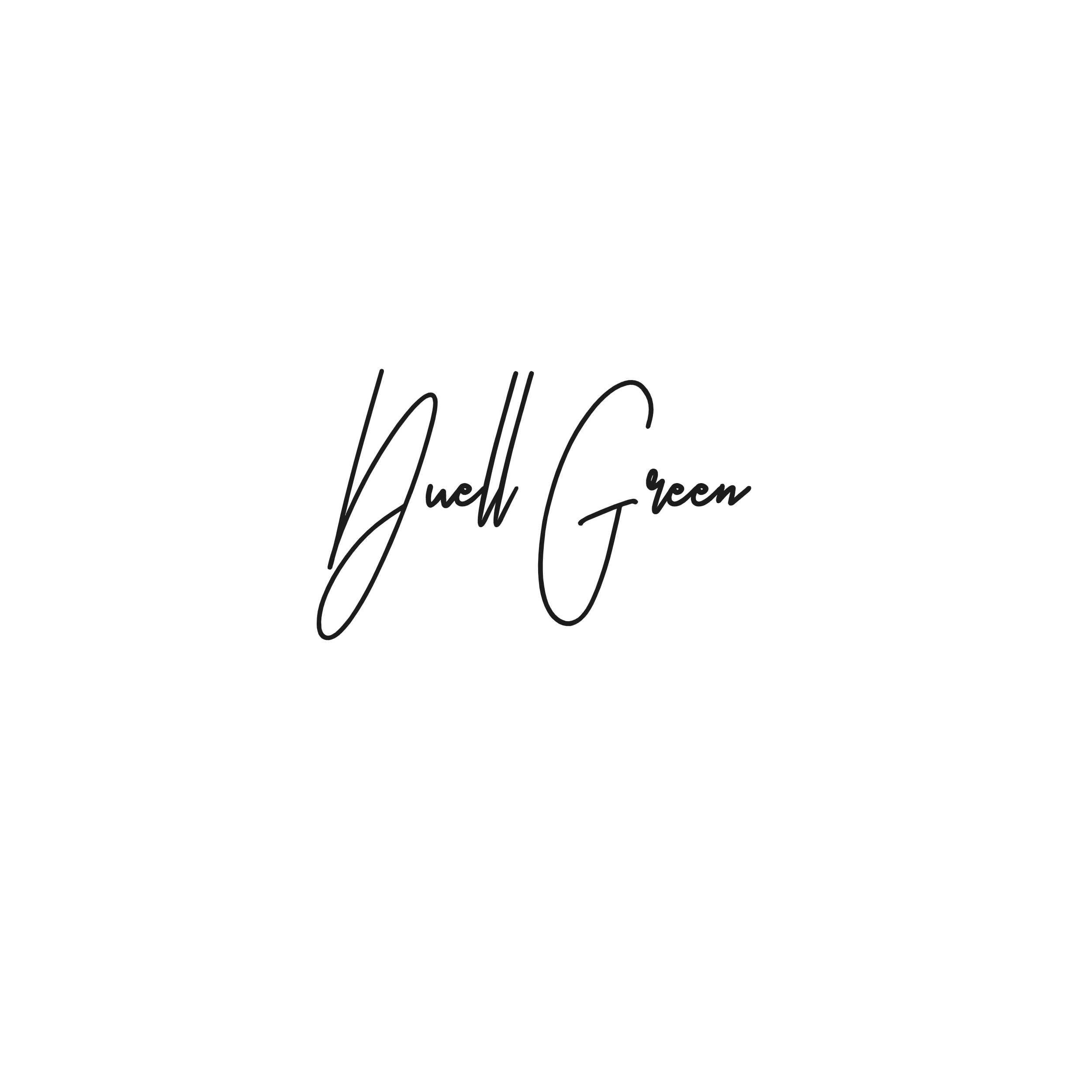Technical Analysis
One of the most significant tools available for the forecasting of financial markets is the technical analysis, which is the chart study fo past behaviour of commodity prices that helps forecast their future.
The Evolution Of Technical Analysis
Commodity Traders started to analyze past price behaviour because they felt that commodity prices reflect the action of all available factors. In other words, commodity prices reflect all the changes in the balance between supply and demand as caused by traders' reactions to economic, political, or, psychological changes. Later observations led to an idea of historical repetition in the market. Finally, the empirical evidence showed once the market starts moving one way, the direction and momentum are likely to continue for a while, before forces are able to change the balance between buyers and sellers and turn the tide.
These Three Factors - the price as the ultimate result of all the market forces: the repetition of the market price behaviour; and the market tendency to move in trends-slowly crystalized in traders minds to set up the basis of chart analysis.
Past information can impact the future. Technical Analysis has been proved in the financial markets such as charting.
Keep in mind:
- Price is a comprehensive reflection of all the market forces
- Price movements are historically repetitive
- Price movements are trend followers'
Four Types of Charts
- Line Chart
- Bar Chart
- Candlestick Chart
- Point-and-Figure Chart
The line chart is the original type of chart. In order to plot it, a line connects single prices for a selected time period. The most popular line chart is the daily chart. Although any point in the day can be plotted, most traders focus on the closing price which they perceive most important. However, an immediate problem with the daily line chart is because it's impossible to see the price activity for the balance of the day. Still, intraday activity does not need to lost. Simply change the time span for which you need to see the price fluctuation to a very short period by selecting a tick chart, and virtually all prices will be plotted for you to analyze.
Daily Line Charts are also useful when looking for the big picture or the major trend because, without line charts, intraday activity would become an unimportant detail.
Bar Chart
The Bar Chart is arguably the most popular type of chart. It consists of these significant points:
- The high and low points, which form the vertical bar.
- The opening price, which is marked with a horizontal line to the right of the bar
The opening price isn't always important for this analysis
Bar charts have the obvious advantage of displaying the currency range for the period selected. The most popular period is daily, followed by weekly. Other periods, such as hourly, , 30 mins, 15 mins, 5 mins and 1 min may be selected as well.
The advantage of this chart is the bar chart is able to plot price gaps that are formed in the currency futures market. Although currencies trade 24 hours a day, the currency futures market is physically open for only a third of the trading day. (Chicago IMM is open for business (7:20 am to 2 pm CDT). Therefore, price gaps may occur rarely, and when they do they occur around the weekends.
